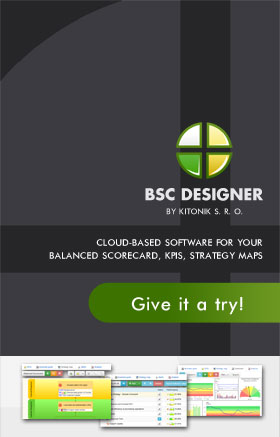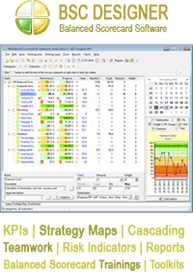The Top Two Business Intelligence Metrics
Business is always entailed with risks. Not only because there is economic inflation, but also because there is almost no certainty in terms of sales. As everyone knows, there is a lot of competition in business, and one of the key strategies is to apply business intelligence metrics as part of the overall business management approach. Business intelligence is not something like spying on competitors. It is a discipline that was founded in 1958.
Business intelligence is nothing more than analytics. People who run businesses should use numbers based on facts to be able to make good decisions. These decisions are actually what will take the business to the next level or advance in its field. Without numbers backing up a decision, everything will be based on assumption instead of objectivity. As such, there is a need to know through metrics if the business solutions and intelligence applied really fits the company. Otherwise, if the very method that is supposed to bring wise decisions is wrong, the entire business can collapse.
Other than analytics, business intelligence is also about technology. Many businesses seem to have been left behind because of poor technological applications. Every business has to keep up with the times. Services become faster with technology and this is a critical issue, especially with competitors around. All of these are translated into numerical data and from these data; the leader of the business can make a decision that is synonymous to success.
However, what data does one need? What metrics need to be measured to find out if the business intelligence approach of one company is right?
First off, there has to be an established baseline. A baseline is a calculation of numerical averages based on certain periods of time. In many Business Process-Outsourcing companies that take customer service calls, Forecasting Data is considered a baseline. People who are in the forecasting department know how many customers will calls (not precisely, but very close to it) based on historical data. Baseline is also a term used in determining the Process Capability of any business process. A process is an activity where inputs are converted into outputs for the end user or the customer. Without a baseline, the metrics of the business intelligence will not have a solid foundation.
The next metric is the business dashboard. This is a file that shows all important numerical figures to the leader—or even to the end users—that will make it easier for them to analyze data. This is as critical and important as the baseline. Just like in a car, a business dashboard is a report or a user interface system that will facilitate faster information dissemination and analysis. Many of this information may not come from the same source, but these numbers or figures will certainly help the user achieve what is desired.
There are many more business intelligence metrics that any company may use other than the ones mentioned earlier. Some may not actually be applicable for all since industries are different in several ways. However, the two mentioned are probably the most important of all.
—
If you are interested in business intelligence metrics, check this web-site to learn more about business intelligence kpi.


